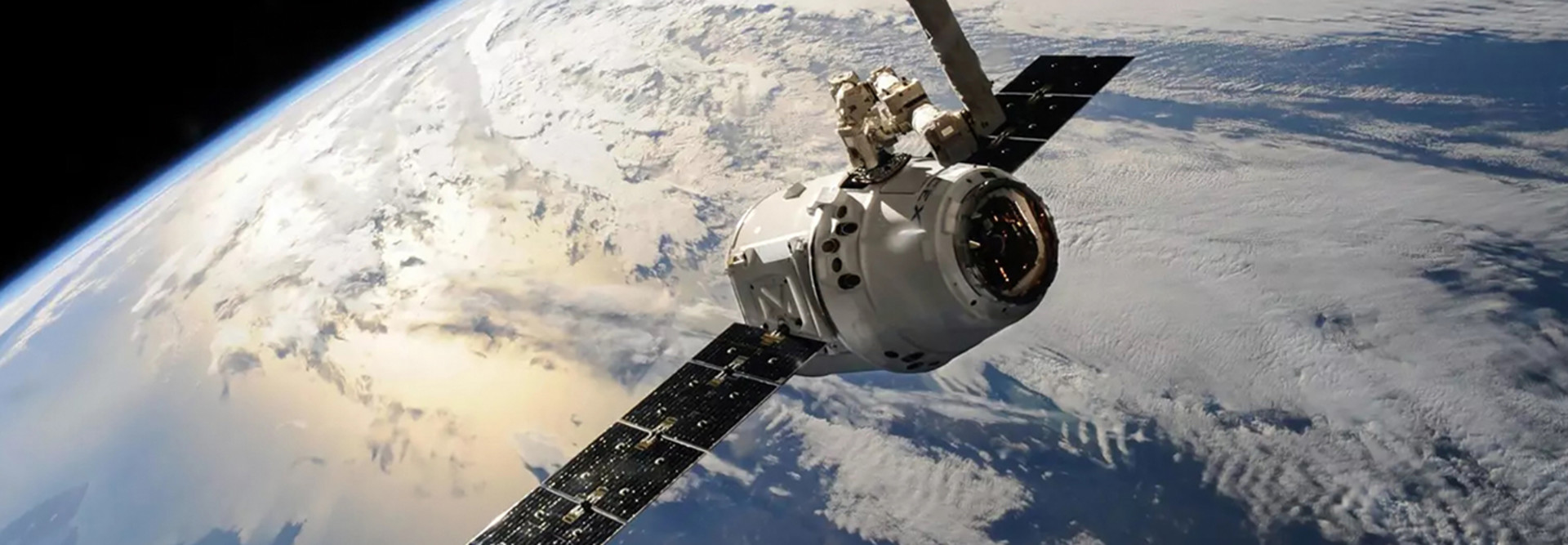Satellite Broadband Has Potential, but Affordability Issues Remain
Companies from around the world have entered this new LEO “space race,” but only one — Starlink — is already functional and offering internet service. Amazon’s Project Kuiper plans to make broadband connectivity more affordable for underserved communities around the world, but its service may not be functional for at least three years; its first set of satellites will launch in 2024 and the rest by 2026. UK-based OneWeb will have launched about 700 satellites by 2024, although its internet service will be provided to telecom companies rather than consumers. China also has plans to launch its own system of 13,000 satellites over the next few years.
Dan York, director of internet technology at the Internet Society, explains that while the potential of LEO satellites is “incredibly exciting” — including the recent development of mobile connectivity (from a moving truck, train or boat) — challenges certainly exist.
Providers must arrange and pay for expensive and sometimes unsuccessful satellite launches, and they must secure regulatory approval in each country they wish to operate in. Perhaps most important, this tech needs to be affordable if it is to have any effect on closing the digital divide.
DIG DEEPER: Jill Bateman makes online accessibility a priority at Ohio University.
“It’s a huge amount of work,” York says. “We don’t know if these LEO systems will be affordable to the people who need the connectivity the most. The initial equipment costs and the monthly costs may be out of the range of many college students on a limited budget. To make it affordable, students may need to find subsidies from their institution or government. I’m hopeful that increased competition will make connectivity more affordable.”
Lisa Parks, director of the global media technologies and cultures lab at the University of California, Santa Barbara, says using satellites to ensure internet access to underserved communities “is more a government policy issue and local cost concern than a technological fix. There are multiple geosynchronous satellites and satellite constellations in LEO that can be used to provide broadband access, but it is often very challenging for people in rural and low-income communities to afford the $500-plus shipping and $100-a-month service fee for Starlink, for instance.”











